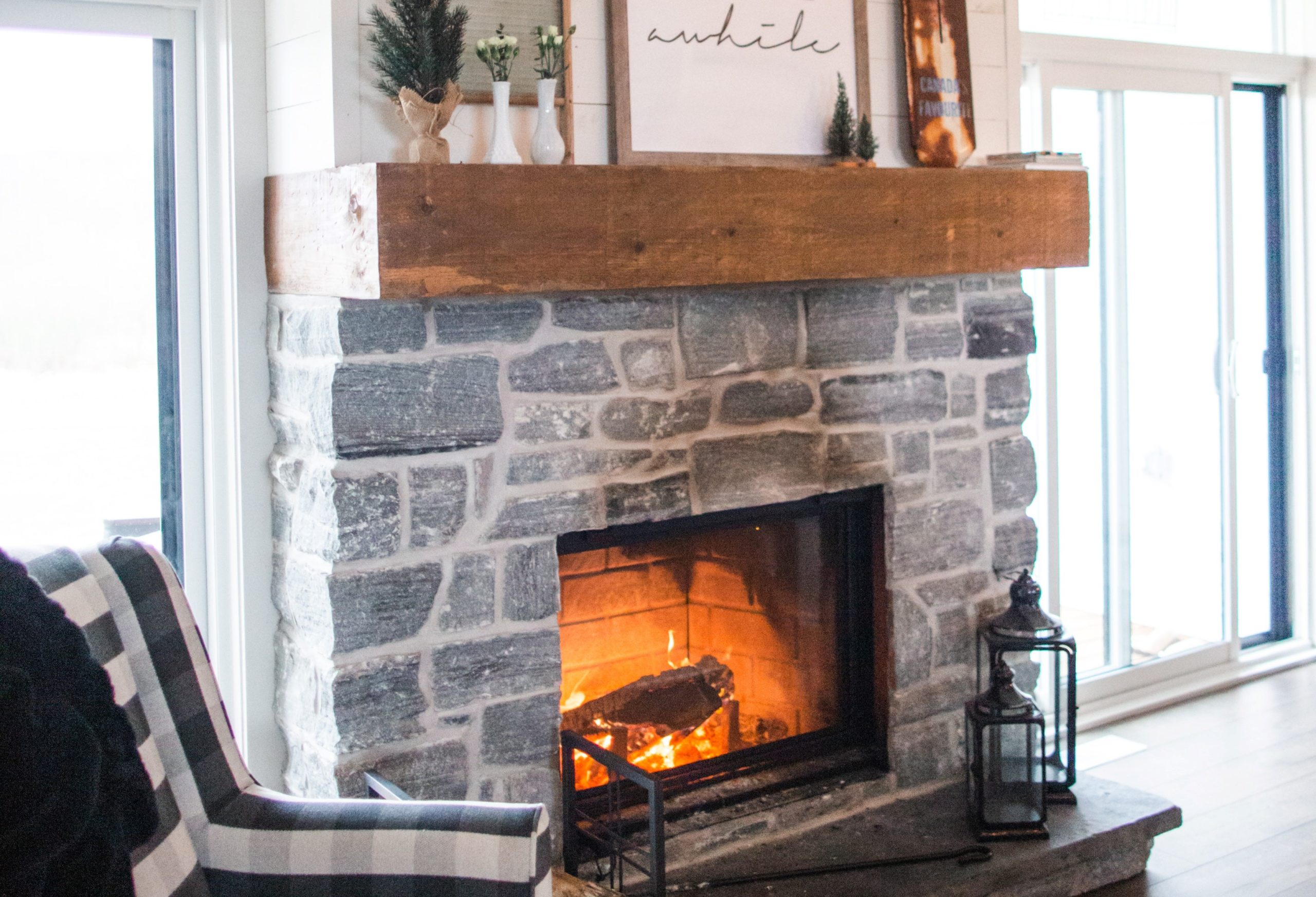Winter is on the way. It’s time to start thinking about warm, cozy nights inside your home. Don’t forget to check the chimney before starting to use your fireplace.
Both metal and masonry chimneys require maintenance so that smoke and flue gases are ventilated properly. At the very least, you should have your chimney inspected annually before each heating season.
- Have your chimney cleaned on a regular basis to reduce creosote build-up.
- Make sure your masonry chimney has a flue liner in place to reduce creosote absorption.
- Replace cracked or damaged liners, as they will allow creosote to accumulate and heat to escape.
- When hiring a contractor to reline your chimney, require them to use a product that has been tested and listed by a nationally recognized testing laboratory.
There are two types of chimneys that require specific maintenance to minimize the dangers in your home.
- Fireplace inserts (hearth stoves):
- Vent should be connected to the flue of the chimney.
- Factory-built metal chimneys:
- Do not use natural gas, fuel oil vents, well casing, stovepipe or other material in the chimney, as they cannot withstand the heat in the wood burner.
Safety First
Do not vent more than one heater or appliance into a single flue, as major complications can arise. If one fuel-burning appliance is connected to a flue and then you attach an additional appliance, such as a water heater, you run the risk of the following serious problems:
- Heavy creosote accumulation
- Deterioration of the flue
- Creosote blocking the lower heater vent
- Carbon monoxide leaking into your home
The nights are getting chilly already, so Be Sure your home is prepared to keep you safe, warm and secure.








